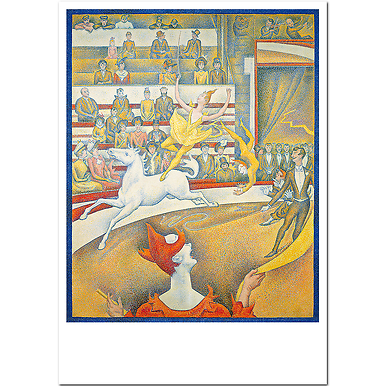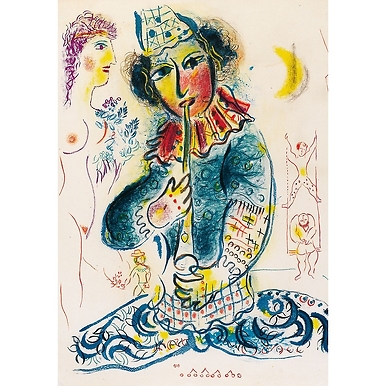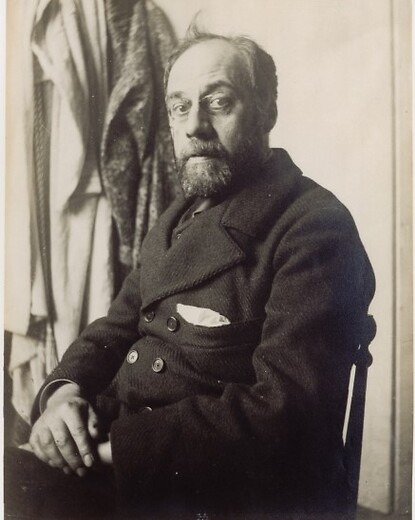Magnet Degas - The Little Fourteen-Year-Old Dancer
IS200142
Edgar Degas (1834-1917)
Small Dancer Aged 14 Between 1921 and 1931, model between 1865 and 1881. Bronze statue patinated in various colours, tulle tutu, pink satin ribbon in the hair, wooden base. H. 98; W. 35.2; D. 24.5 cm. Paris, musée d'Orsay.
When Degas died in 1917, 150 wax or clay sculptures were...
Read more
Edgar Degas (1834-1917)
Small Dancer Aged 14 Between 1921 and 1931, model between 1865 and 1881. Bronze statue patinated in various colours, tulle tutu, pink satin ribbon in the hair, wooden base. H. 98; W. 35.2; D. 24.5 cm. Paris, musée d'Orsay.
When Degas died in 1917, 150 wax or clay sculptures were found in his studio. These statues had remained more or less unknown to the public while the artist was alive, except for Dancer Aged 14 which Degas had shown in the Impressionist exhibition in 1881.
Naturally coloured, fitted with real hair, dressed in a tutu and real dancing slippers, it was an example of hyperrealism, verism taken to the extreme. Presented in a showcase like a specimen in the museum, it revealed a Degas bordering on the anthropologist or a naturalist. The critics were not mistaken: the work was violently accused of representing the girl in a bestial manner; she was compared to a monkey or an Aztec; she had a face "on which all the vices imprint their detestable promises, the mark of a particularly vicious character".
Degas thus took realism to its logical conclusion by depicting the society of his time in a barefaced almost scientific way with no shade of hypocrisy. The bronze edition made after his death, including the copy in the Musée d'Orsay, tried to preserve the characteristics of the wax statue as much as possible. The glass cage is the only element that Degas himself wanted, asserting the Dancer's status as a work of art.
Close
Login to see prices
Sold by GrandPalaisRmn









